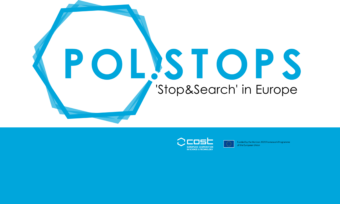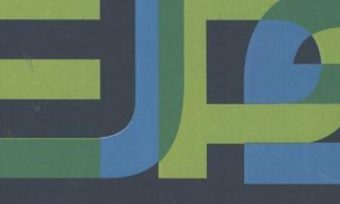It is widely recognized that refugee integration occurs most effectively within communities that are rich in inter-cultural social capital. This paper explores the dangers associated with intensely bonded and disconnected communities and the relationship between refugee marginalization and the presence of youth gangs. Drawing upon a small-scale qualitative study with young refugees in Glasgow, it seeks to explore the extent to and ways in which these young people experience social bonding and bridging and participate in gang culture. The findings suggest that excessive bonding social capital often limits opportunities for inter-cultural integration in Glasgow. Gang membership, although driven primarily by territorial issues, provides one site for ethnic solidarity and racial prejudice. The paper considers the potential for community initiatives to build inter-cultural cohesion, and ends by calling for changes to dispersal policy and for further research to explore the most effective vehicles for building social capital in multi-ethnic urban communities.
Latest News
International conference POLICE STOPS ACROSS EUROPE (28 February 2023, The Hague, The Netherlands)
News
For more than four years, our EU COST funded network on Police Stops has been gathering information, hearing from experts…
Read moreWorkshop 'Registration of police stops and ethnicity and defining the police stop' 31 Aug - 2 Sept 2022
News
In line with our project’s ambition to share learning and explore the issue police stops across Europe, we are organising…
Read moreCfP European Journal of Policing Studies - Special Issue: The Dynamics of Police Stops
News
European Journal of Policing Studies Special Issue: The Dynamics of Police Stops Guest editors: Mike Rowe Sofie de Kimpe Vincenzo…
Read morePolstops Newsletter n4 (June 2022)
News
At last, we have been able to meet again. And we can now begin to identify what we have missed…
Read more




